The most widely used textbook on college campuses for the past 30 years has been Thomas Kuhn’s “The Structure of Scientific Revolution” and its thesis – that facts derive their meaning from the paradigms that set them in place – has shifted attention from scientific facts to scientific paradigms. As there are no neutral standards by which to judge these paradigms, Kuhn’s thesis (if unnuanced) leads to a relativism among paradigms that places Hottentot Science on a par with Newton’s. Kuhn himself phrased his thesis carefully enough to parry such relativism, but even taken at its best, it provides no way that science could get to the bottom of things. (Huston Smith, Why Religion Matters, p. 16)
Wlliam Gilbert, physician to Queen Elizabeth I and James I while explaining the behavior of the compass needle in his book De magnete used the phrase “magnetic coition” (The name of the Slavic sun-god Kupala is derived from Latin copulatio) rather than magnetic attraction, “because magnetic movements do not result from attraction of one body alone, but from coming together of two bodies harmoniously (not the drawing of one by the other). Inspired by Fracastoro’s “De Contagione et Contagiosis Morbis et Curatione (On Contagion and Contagious Diseases and their Cure) of 1546 Gilbert believed that all heavenly bodies are endowed with magnetism.
The most popular medieval encyclopedia which diffused philosophical heliocentrism through the curricula of the Latin trivia and quadrivia and which is mentioned in Copernicus's preface was entitled Satyricon sive de nuptiis Philologiae et Mercurii (Satyricon or about the Wedding of Philology and Mercury).
Kepler was to use this idea to explain the motion of the planets. He was well aware of the fact that the Latin term sidus, star is derived from Gr. Sideros, iron. Similarly the Provencal aran, iran, airan – iron – is etymologically connected with the Greek aryan meaning both “lodestone” and “rising sun”. The English term siderite means magnetic iron or lodestone. (Cp. Galileo’s “Sidereus Nuncius” ). Let me remind here that in an Assyrian love spell from ancient Iraq, iron filings placed on a woman’s genitals were supposed to attract her to a man who had similarly anointed himself with a mixture of powdered lodestone and oil. The sexual ingredient of Gilbert’s “magnetic coition” was set by Newton into his Third Law which sees forces as acting between two bodies, not as one body exerting a force on the other. He spoke of action and reaction, which he declared to be equal and opposite. Here Newton differs from Copernicus whose sun in Th. Digges's translation is “like the king in the middest of al who reigneth and geeveth lawes of motion to ye rest.”
The idea of star magnetism or gravity is better understandable in the context of meteorites that from time immemorial were used for the manufacture of iron tools. The ancient people knew of the precious metal’s celestial origin for in many languages the name for it contains a reference to the sky (Gr. Meteoron, things in the air, lifted up, in air). Coming from gods, as it was believed, they were venerated in temples. One of the best known instances is that of the Ephesians; they were worshippers not of the goddess Diana and the “image which fell down from Jupiter,” as the unfortunate translation of Acts 19:35 runs in the authorized English version, but of Diana and of the “thing that fell from the sky.” Similarly, in Delphi besides Apollo a holy stone was the object of adoration. The “iron shield” which fell in Rome under the reign of Numa Pompilius was put in the perpetual custody of a college of 12 priests. The ‘black stone’ of the Kaba is no doubt, a stone meteorite with its strange black crust. In the ruins of an ancient Mexican temple an iron meteorite was unearthed, carefully wrapped in mummy cloths. A shower of stones which fell from the sky in 1803 at l’Aigle, not far from Paris, finally convinced the Paris Academy and the rest of the scientific world of the reality of the fall of meteorites.
Astrology was attacked by Aristotelians and other rationalists, down to Newton’s day, for its now accepted assertion that the planets had an “influence” upon terrestrial events. Since time immemorial astrology went hand in hand with the theory of emanationism, philosophical and theological theory that saw all of creation as an unwilled, necessary and spontaneous outflow of contingent beings of descending perfection, from an infinite, unchanged primary substance. In conformity with this theory Kepler wrote about “species immateriata” which flows out of the sun, inundates all the planets, including the earth, and sets them in whirling motion. Newton, like Kepler, was influenced by the same Hermetic tradition. He felt that the apparent attraction of tiny bits of paper to a piece of glass that has been rubbed with cloth results from an ethereal effluvium that streams out of the glass and carries the bits of paper back with it. This mechanical philosophy explained apparent attractions away by means of invisible ethereal mechanisms. The ancient heliocentrist, Egyptian pharaoh Akhenaten had himself portrayed sitting in the sun’s rays ending in hands. For him these rays ending in hands had the same meaning as ethereal effluvium had for Newton. Akhenaten’s god was symbolized by a circle with many hands (Cp. Shiva with 6 hands).
Kepler's angelus rector conducting each planet, and the species immateriata by which celestial bodies were carried in their courses became in Newton's third letter to Bentley, the “agent which causes gravity”, and in his personal working - God. In his paper De aere et aethere Newton identified gravity with the spiritual body of Jesus Christ. No doubt about that that Newton's identification of Jesus with gravity was inspired by Paul's Letter to the Colossiansin in which cosmic Christ “holds all things in unity.”
But wait, there is more. In the Pipes of Pan, a proposed Scholium to the Principia Mathematica of 1687 Newton rewrote the myth of Pythagoras claiming that the inverse-square law of gravitation had been known to the earliest sages. The same law had been discovered, Newton wrote, between a string's length and its tension for a given musical pitch, before it was applied to the heavens where it was observed by Shiva Nataraja, Apollo Musagetes and all other solar deities.
Newton's dilemma behind the inverse square law of gravitation is understandable in the context of the myth of Shiva. With drum and dance, he represents the world's perpetual unfolding or evolution. The drum in Hindu myth is an agency of cosmic creation, and dancing is one of the many aspects of Shiva's essence. Dance produced rhythm and that rhythm, Newton thought, must have been observed in his 'scientific” law of gravitation. Similarly, the formulation “cube roots of squares” used in Opticks was known from Kepler's Third Law, deduced again in Principia, to show the average distance of a planet from the sun is proportional to a cube root of the square of the planet's period of revolution. In his Harmony of the World (1619) Kepler calculated from the greatest and the slowest speed of each planet the “divine” musical scales of the planets.
Newton's Pipes of Pan will return in Darwin's ritual because heliocentrism and evolutionism always went hand in hand. In music the Greeks distinguished: rhythms, mutations, and melopoeia. According to Douland to a Musitian (1609) “Mutation is the putting of one concord for another in the same key. According to The New Age Dictionary. A Guide to Planetary Family Consciousness. Ed. By Alex Jack. (Japan Publications, Inc. 1990), Charles Darwin was “evolutionist who played a bassoon for his plants.” The New Age Magic of Findhorn describes plenty of such mutations inspiring concerts. One of them is 40-pound cabbages, which reminds of the Soviet biologist Michurin who allegedly got a mutation of 10-pound apples. Problem was that the branches were breaking…
Music of a fakir’s flute drew up the akasa or intangible life-principle, the astral and celestial lights combined together, in a concentrated current through the plant, and by keeping up an unintermitted flow for the requisite space of time, the life-principle of the plant built up cell after cell, layer after layer, until the work was done. The will of the fakir-conjurer forms an invisible but yet, to it, perfectly objective matrix, in which the vegetable matter is caused to deposit itself and assume the fixed shape. So mutations don’t happen by chance, after all. They are created by the god Pan’s music even if Darwin himself plagiarized this music! The will creates, for the will in motion is force, and force produces matter. This philosophy is also behind the title of the biographical film about Hitler produced by Leni Riefenstahl Triumph des Willens (Triumph of the Will).
At http://www.godlesgeeks.com/LINKS/GodProof.htm, a richly comic numbered list of 'Over Three Hundred Proofs of God's Existence' The following is the Proof Number 38
38. Argument from Sheer Will: I do believe in God! I do believe in God! I do I do I do. I do believe in God! Therefore God exists.
A Newtonian Sexuary
In explaining human disease, if everything else failed, one could always appeal to the influence of the stars on the elements, which accounts for the fact that a knowledge of astrology was still needed to qualify in medicine as late as the second half of the 18th century. Paracelsus used magnets to concentrate in his patients what he believed to be a cosmic fluid with healing properties. A certain Dr. Graham constructed a large “Celestial Bed” and equipped it with 1500 pounds of “artificial and compound magnets” that “revivified slackening sexual vigor”. This Newtonian “viagra’ was dispensed by a blacksmith’s daughter named Ami Lyon, a provocatively dressed (like Copernicus’s Muse) hostess in Dr. Graham’s Temple of Health. Billed as “Vestina the Rosy Goddess of Health”, she was better known as Lady Hamilton, Adm. Nelson’s mistress. It usually cost some gentlemen 50 pounds a night.
Dr. Graham’s French equivalent was Friedrich Anton Mesmer, a doctor who took many of his ideas from the Jesuit priest Maximillian Hell. Mesmer’s dissertation was titled “Dissertatio Physico-Medica de Planetarum Influxu”. In later years he referred to his dissertation as The Influence of the Planets on the Human Body. Mesmer uses the phrase “Universal Fluid” as the cause of gravitation and claims that it also explains magnetism, electricity, light and heat. All things are immersed in this fluid as in a cosmic sea. In their attraction and repulsion, magnets set up an ebb and flow that could be interpreted as one version of the general tidal effect of which the gravitation of the heavenly bodies was another version.
Of the 1752 books in Newton’s library, 170 were on occult subjects, including the kabbala, Rosicrucians, and plain old-fashioned magic. In 1890, a president of the royal society, William Crookes studied the evidence for the existence of Katie King, the spirit attendant of the medium Florence Cook. He was subsequently induced into the hermetic order of the golden Dawn. The latest biography of Newton was titled Newton. The Last Sorcerer.
SEX MAGNETISM - Title page reads, “Private Lessons in the Cultivation of MAGNETISM OF THE SEXES. Teaching the Development and Wonderful Enlargement of those Powers and Influences that Nature has invented to Aid Every Human Life” - by Edmund Shaftesbury. Decorative Hardcover, Ralston University Press 1925. Consists of fifteen chapters labeled “departments”, as follows; 1. Uses of sex magnetism. 2. Basic Laws. 3. Six senses. 4. The attractive force. 5. Sex influence. 6. Getting together. 7. Heart interests. 8. Five magnetic laws. 9. Commonplaces. 10. Magnetic margins. 11. Charmland. 12. Shadows in bondage. 13. Magnetic consorts. 14. Wreckage. 15. Magnetic passion”. CONDITION; Embossed Covers clean with some light scuffing, gold gilt on front and spine dulled. Wear to spine tips and corners. Both front and rear hinges are tight, the binding of the pages remains very tight and in great condition, none loose. All pages age-toned and remain flexible. Light foxing on first and last few pages, and on closed page edges. Owner‘s penciled nameon ffep is the only mark. Large size approx 6.5” by 10”. 444 pages. $37.85
Monday, April 5, 2010
Subscribe to:
Post Comments (Atom)

















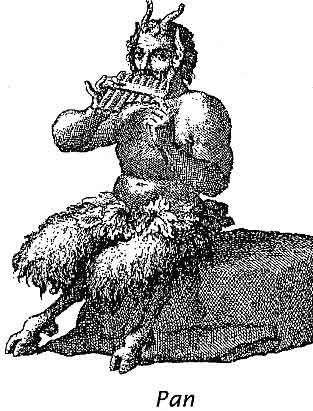














































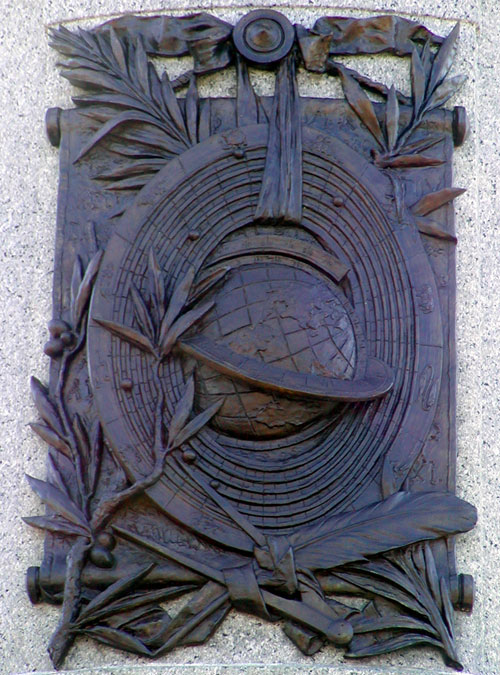























































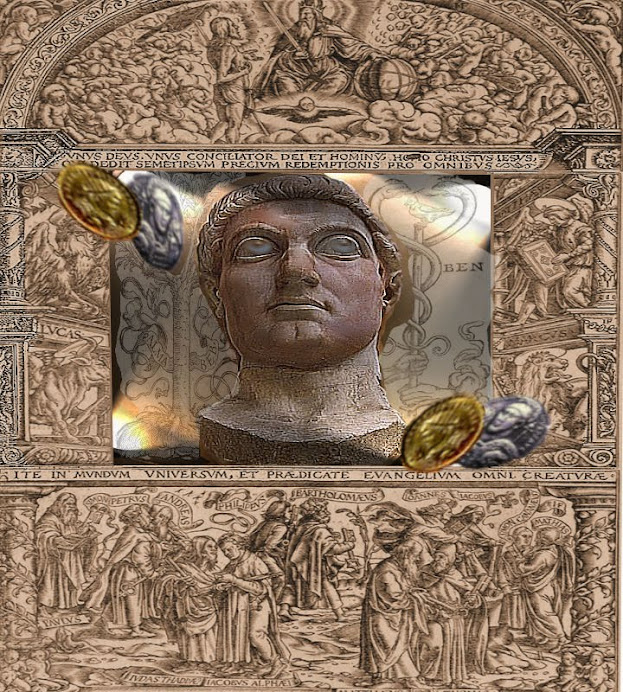



















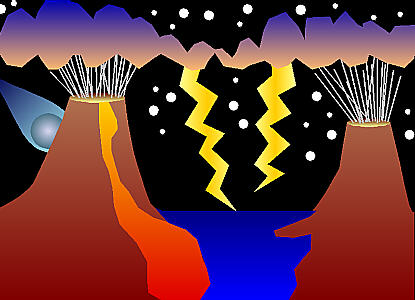


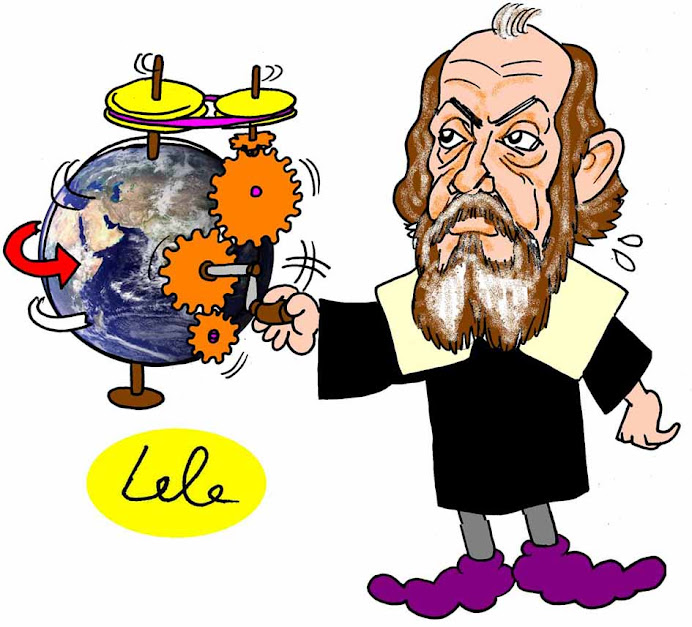













.jpg)




























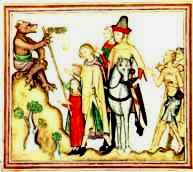

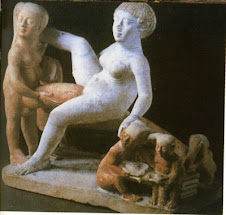











.jpg)






























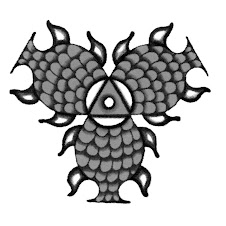



























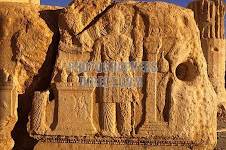
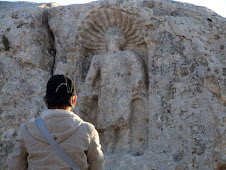






.gif)




















































































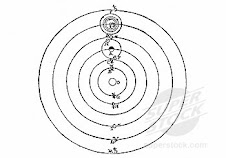

.jpg)













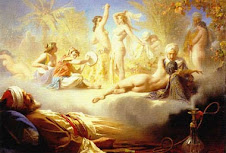
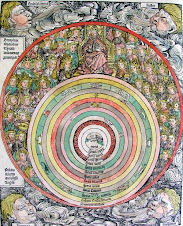












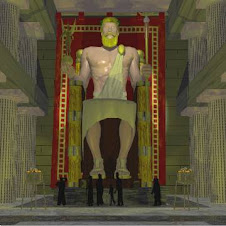


















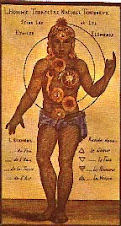






















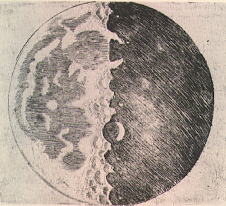






















































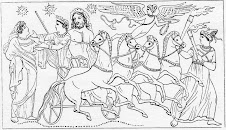








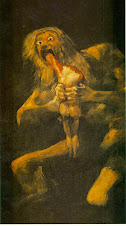




















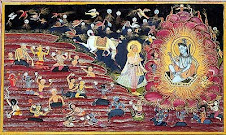

















++of+the+Sun+god..jpg)

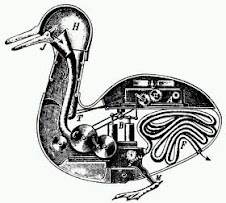















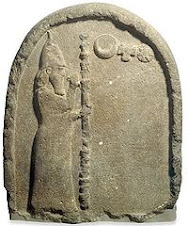





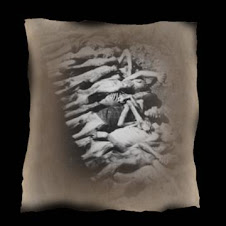














No comments:
Post a Comment